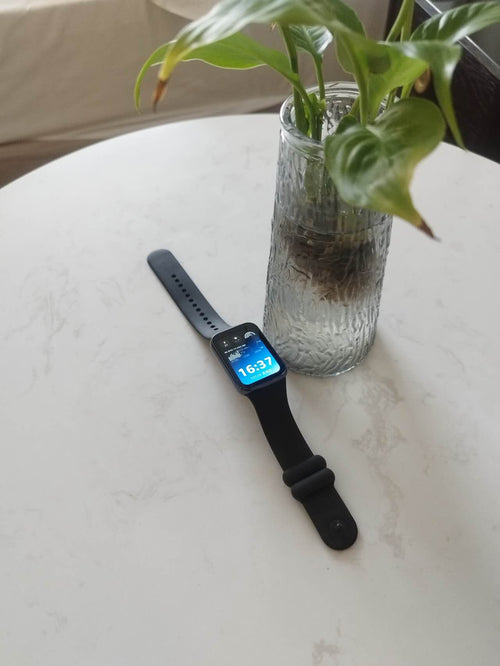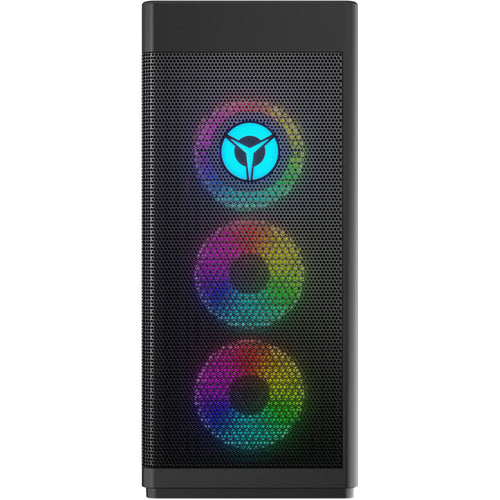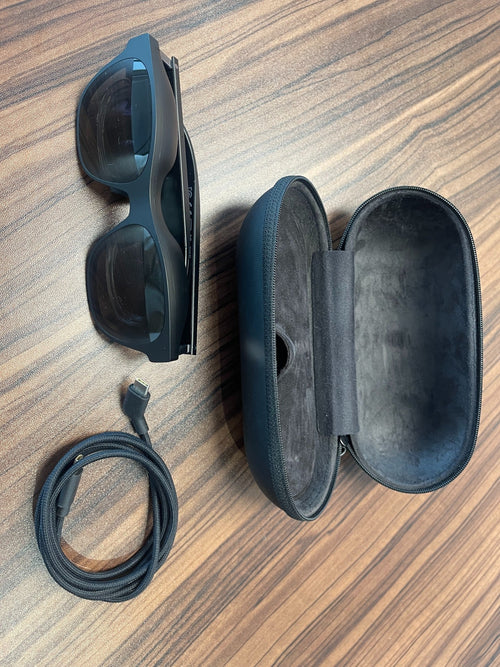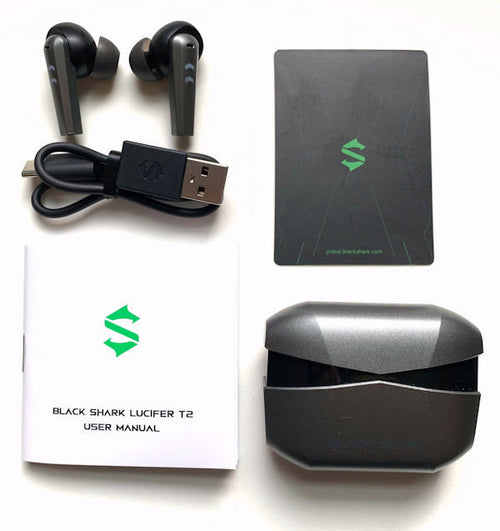E bike batteries: Everything you will ever need to know

In the midst of a never-ending symphony of car horns and sirens in the city, a new sound has made its debut: the delicate hum of electric bicycles. These marvelous two-wheelers are gaining popularity for commuting purposes, but let's face it, figuring out e-bike batteries can be a tad overwhelming.
Fear not! This guide is here to save the day, making the complexities of e-bike batteries crystal clear. We'll break down everything from different types and capacities to charging methods and maintenance. No need to worry about being in the dark anymore; with our help, you'll make well-informed decisions in no time.
The Anatomy of an E-Bike Battery
Born of a love affair between a traditional bicycle and a Tesla, the E-bike has become the urbanite's chariot of choice. But like any modern marvel, it comes with its own set of challenges. The battery, the heart of the e-bike, is a mysterious beast that leaves many a rider scratching their helmeted heads in confusion.
These batteries, much like their cousins in electric cars and smartphones, are made up of smaller cells that work together to provide the necessary power. And just like a good detective novel, they come with their own monitoring system to keep track of performance and protect the cells.
The Factors Influencing Battery Performance
The first hurdle in this electrifying journey is understanding the battery's capacity. Measured in watt-hours (Wh), it's akin to the size of your gas tank. A larger capacity means more miles to enjoy the wind in your hair and fewer pit stops at charging stations.
But remember, as in life, bigger isn't always better. A larger battery also means a heavier bike, and no one wants to feel like they're pedaling a tank through Times Square.
But capacity isn't the only factor at play here. Everything from the weight load on your bike to the terrain you're riding on, and even the temperature outside, can impact your battery's performance.
So if you find yourself covering less ground on a particularly chilly day, don't fret. Your battery isn't staging a protest; it's just feeling the cold like the rest of us.
The Lifespan of an E-Bike Battery
Then there's the matter of battery life. Like a fine wine, a battery's life expectancy is measured in cycles. A cycle is defined as one full discharge from 100% to 0% and then recharging back to 100%.
But unlike wine, batteries don't improve with age. After a certain number of cycles, they start to lose their capacity, much like how your enthusiasm for New Year's resolutions wanes by February. A decent battery, however, can guarantee at least 300-500 of these cycles, thanks to good-quality cells and the ever-watchful BMS.
Caring for Your E-Bike Battery
E-bike batteries are like a box of chocolates: diverse, full of energy, and each with its own unique flavor. Lithium-ion batteries are the dark chocolate truffles, rich and sophisticated. Nickel-metal hydride (NiMH) batteries are the milk chocolate caramels, less intense but still satisfying. And lead-acid batteries? They're the coconut-filled ones: not everyone's first choice, but they have their fans.
But choosing the right battery is just the first step. Taking care of it is equally important. Charging, discharging, storage, and environment are the four pillars of e-bike battery care. With the right practices, you can double your battery's lifespan, ensuring that your e-bike remains your trusty steed for years to come.
Think of it like maintaining a bonsai tree: it requires regular care and attention. If your battery starts acting like a wilting plant, it might be time for a replacement. And if you're unsure about battery maintenance, call a professional.
When Batteries Bid Adieu
And what happens when your battery decides to call it quits? If you're within the warranty period, the solution is simple: reach out to your e-bike's manufacturer. But even if you're outside the warranty period, don't despair. Companies like TENWAYS offer replacement batteries, ensuring that your e-bike can continue to be your faithful companion on your urban adventures.
In the end, understanding your e-bike's battery is like understanding the city's subway system: it might seem daunting at first, but with a little patience and a lot of trial and error, you'll be navigating it like a pro. And remember, when in doubt, just keep pedaling. After all, isn't that what life in the city is all about?
If you found this guide useful and are hungry for more, why not head over to our community page and check out some of our other troubleshooting guides.
Read next:
Samsung Galaxy Z Fold 5: Everything we know so far
The Weirdest Tech Products You Never Knew You Needed: Featuring a gun that fires Tic Tacs




























